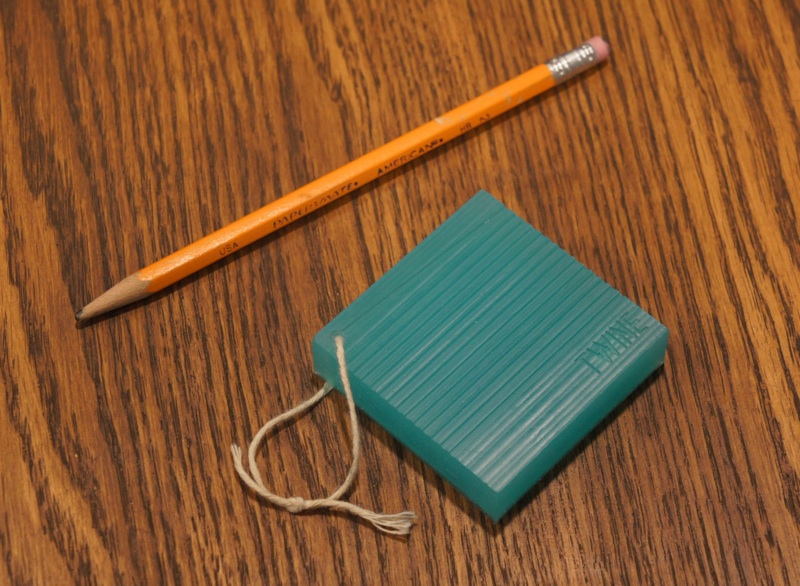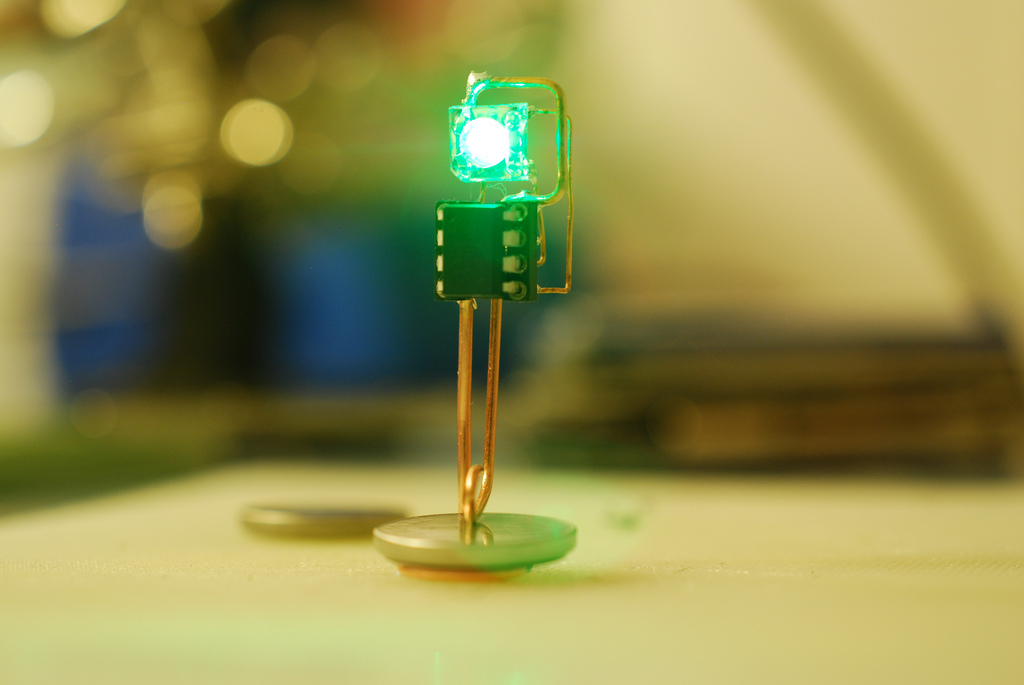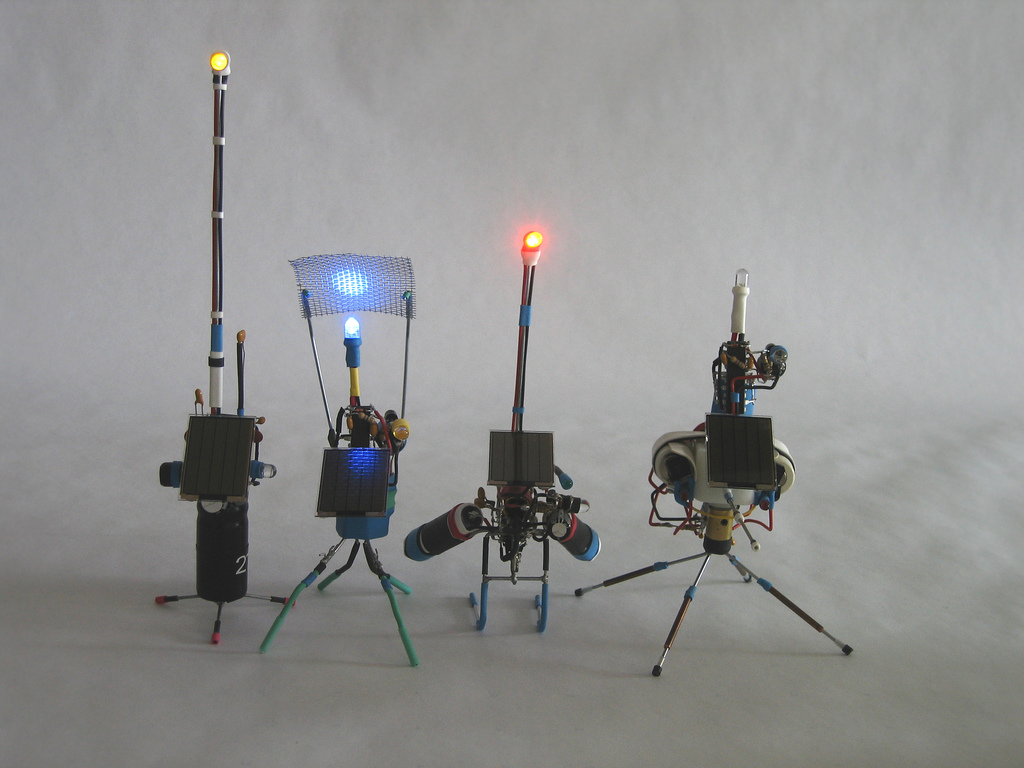
Now this is interesting.
Supermechanical has created a Kickstarter project to manufacture very simple wireless sensors such as sensor, temperature, moisture and switches, people to monitor their surroundings by using a web interface to define rules for when each sensor should alert via SMS, Twitter, or email. Want to know when the dryer shuts off? Put a vibration sensor on it, and you’ll get an email when it’s done.
For decades now, we’ve been promised the smart home, where appliances would interact with each other, but those visions always seemed to involve homeowners replacing all their belonging with new smart appliances that have never arrived. Also, if my experiences with digital home entertainment is any guide, I strongly suspect that homeowners would be left with a selection of mutually incompatible, or barely compatible devices that make me just want to cry. (DLNA, I’m looking at you.)

